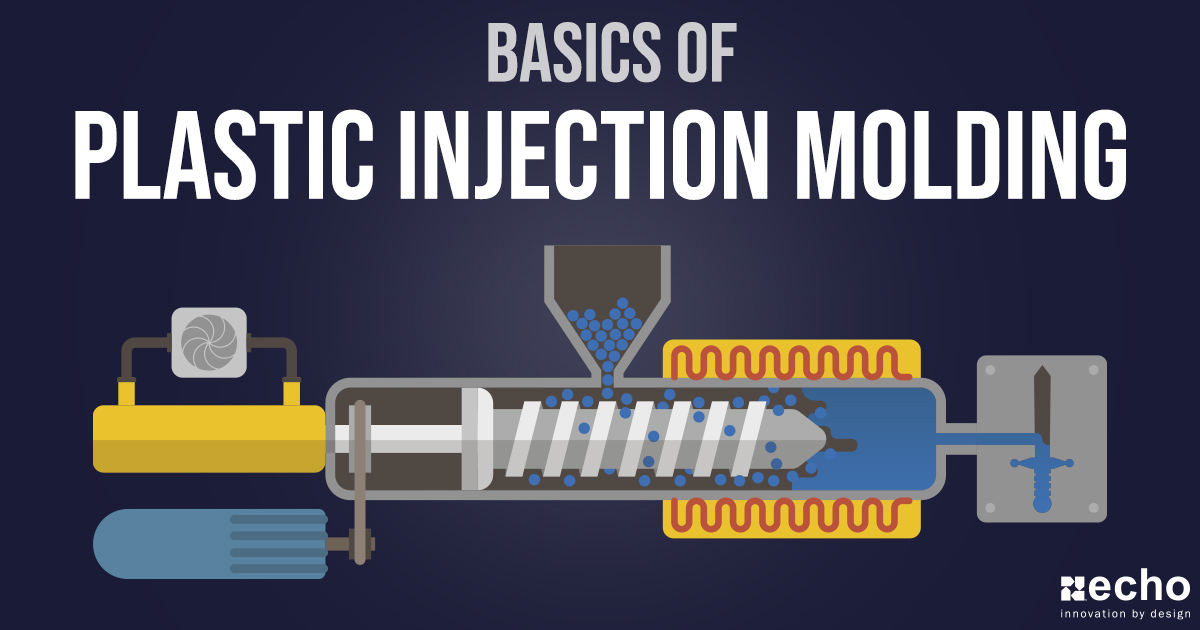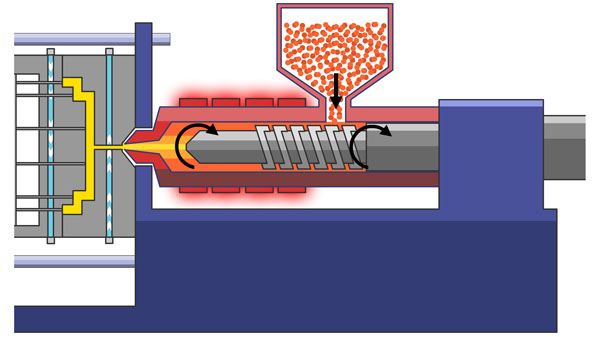Lean Manufacturing for Dummiess
Wiki Article
The smart Trick of Manufacturing Industries That Nobody is Talking About
Table of ContentsThe Ultimate Guide To Additive ManufacturingThe smart Trick of Mfg That Nobody is Talking AboutA Biased View of Hon Hai PrecisionNot known Facts About MfgManufacturing - QuestionsSome Of Manufacturing Industries
The text on this page is an example from our complete White Paper 'Injection Moulding for Buyers' - * Example message * - for complete overview click the download switch over! Introduction This overview is intended for people that are aiming to resource plastic mouldings. It provides a much needed insight into all that is entailed with developing plastic components, from the mould tool called for to the moulding procedure itself.If you want to explore additionally, the guide covers sorts of mould devices, as well as unique ending up processes such as colours & plating. Words that are underscored can be found in the glossary in the appendix ... Component I: Moulding: The Fundamentals The Advantages of Injection Moulding Plastic injection moulding is an extremely precise process that uses numerous benefits over other plastic processing methods.
Precision is excellent for very detailed parts. You can hold this moulding in the hand of your hand and also it has bosses, ribs, metal inserts, side cores as well as holes, made with a gliding closed off feature in the mould device.
The Ultimate Guide To Manufacturing


from material feed & melting; product shot; cooling down time as well as ejection to the re-closing of the mould tool all set for the following cycle. Draft angles - The walls of a moulded component must be slightly tapered in the instructions in which the part is expelled from the mould tool, to enable the component to be ejected easily.
Ejector stroke - The pushing out of ejector pins to expel the moulded part from the mould tool. Ejector stroke rate, length and timing requires to be carefully managed to avoid damages to the ejectors and also mould device, but at the very same time make the moulding cycle as brief as feasible.

The Greatest Guide To Manufacturing Industries
Ribs - When a plastic component has slim wall surfaces, ribs are included in the layout to make the thin wall surfaces stronger Side cores - Side action which generates an attribute on a moulded part, at an opposing angle to the regular opening instructions of the mould device. oem. The side core needs to be able to withdraw as the plastic component can not be expelled or else.
Wall surfaces - The sides of a moulded part The text on this page is a sample from our full White Paper 'Injection Moulding for Purchasers'.
Manufacturing process for producing components by infusing liquified material right into a mould, or mold Streamlined representation of the procedure Shot moulding (united state punctuation: injection molding) is a manufacturing process for producing parts by injecting molten material into a mould, or mold. Shot moulding can be done with a host of materials primarily including steels (for which the process is called die-casting), glasses, elastomers, confections, and also the majority of commonly thermoplastic and thermosetting polymers. Shot moulding is extensively made use of for manufacturing a range of components, from the smallest elements to entire body panels of cars and trucks. Shot moulding uses a special-purpose maker that has 3 components: the shot device, the mould and the clamp.
The Ultimate Guide To Lean Manufacturing
Process characteristics [edit] Shot moulding uses a ram or screw-type bettor to require liquified plastic or rubber product into a mould dental caries; this solidifies right into a shape that has adapted the contour of the mould. It is most typically used to process both thermoplastic as well as thermosetting polymers, with the quantity used of the previous being considerably higher.: 13 Thermoplastics are widespread due to characteristics that make them extremely ideal for injection moulding, such as simplicity of recycling, adaptability for a variety of applications,: 89 and also capability to soften and flow on heating.In several dental caries moulds, each dental caries can be identical and also develop the very same components or can be one-of-a-kind as well as form several production engineering different geometries throughout a single cycle.
The screw delivers the raw material onward, blends as well as homogenises the thermal and thick distributions of the polymer, and minimizes the needed home heating time by mechanically shearing the product and including a substantial amount of frictional home heating to the polymer. The material feeds forward with a check valve as well as collects at the front of the screw into a quantity called a shot. When sufficient material has actually gathered, the product is compelled at high pressure as well as rate right into the part forming dental caries. The specific quantity of contraction is a feature of the resin being utilized, and can be relatively predictable. To stop spikes in pressure, the procedure generally utilizes a transfer position representing a 9598% full tooth cavity where the screw changes from a continuous rate to a consistent stress control.
Extra resources
The Single Strategy To Use For Lean Manufacturing
When the screw gets to the transfer placement the packing stress is used, which finishes mould filling and makes up for thermal shrinking, which is fairly high for thermoplastics about many other products. The packing stress is applied up until eviction (tooth cavity entryway) strengthens. Due to its small size, the entrance is usually the very first location to solidify via its whole thickness.: 16 Once eviction strengthens, say goodbye to product can get in the dental caries; appropriately, the screw reciprocates as well as obtains product home for the following cycle while the product within the mould cools down so that it can be ejected and also be dimensionally secure.Report this wiki page